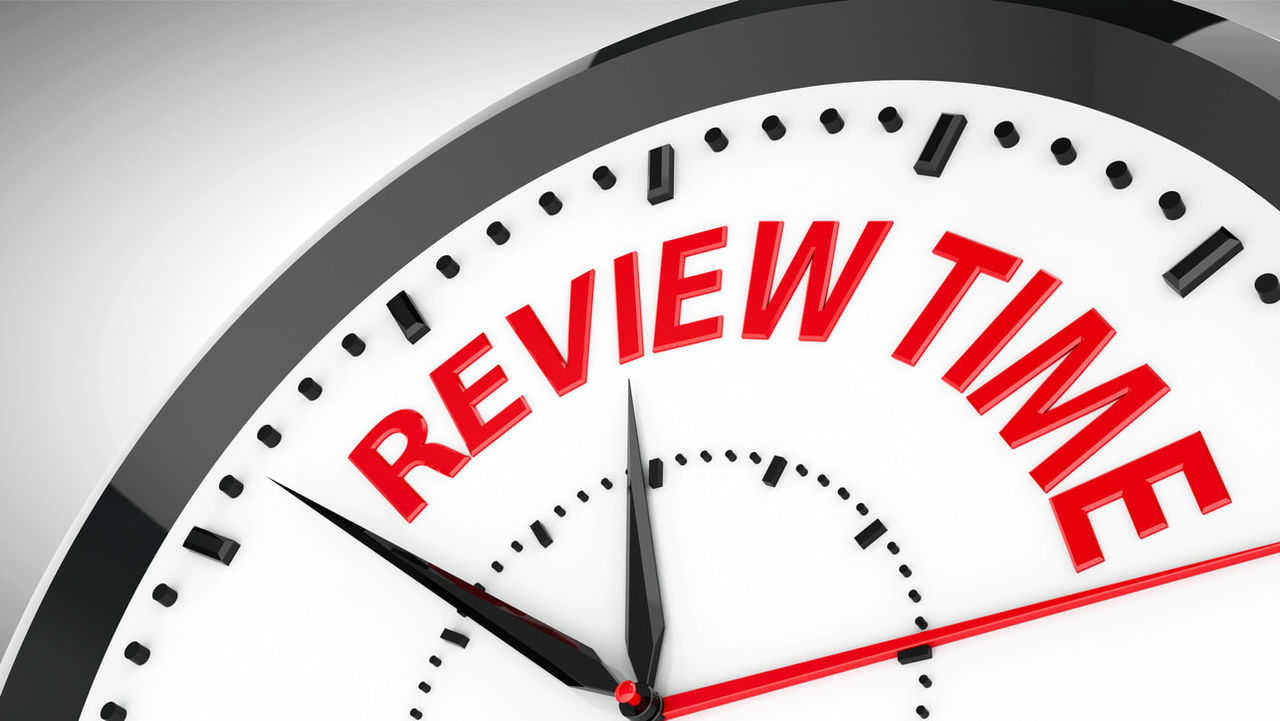The trend started with Adobe, Deloitte, GE and other companies that keep track of large workforces. Now, they've been joined by medium and small companies, all eager to ditch the end-of-year performance review that can produce nail-biting anxiety for managers and workers alike, without much improvement in performance.
In most organizations, traditional performance reviews are so bad they do more harm than good, said Robert Sutton, professor of management science and engineering at Stanford University. "It is a bizarre, constrained conversation." And managers are usually not well-prepared to do it, he added. As the annual performance review bows out, a less-formal approach that emphasizes more frequent check-ins, more goal setting and ongoing dialogue is taking its place.
"The way human beings make progress is through small steps, not through a bizarre conversation once a year," Sutton said. Instead, he advises managers to have more frequent and meaningful conversations about work expectations, progress and development. That approach improves engagement and performance—if managers are trained in how best to lead these talks, he said.
Managers must see workers from an objective and subjective point of view, much like a coach does, he advised. At the check-ins, managers should find out what the worker is good at, what they care about, and what their goals and dreams are. Look on it, Sutton said, as a long-term personal relationship, requiring the same maintenance and contact.
Here are examples of how three managers made the transition, why they did so, what they see as the benefits and their tips for managers.
Megan Krause, director of content at Investis Digital, a performance marketing company in Phoenix, said a single annual review often comes as a surprise—an unpleasant one—to employees who may have had no idea their work was not up to par.
"I've found annual reviews to be, by nature, one-sided and nerve-wracking for the employee," Krause said. It often goes like this: "Here, let me review everything about you and your work performance for the last 12 months. We have one hour."
Her company has shifted to holding check-ins every two to four weeks. The tone for these is set at the beginning of the year, said Krause, who oversees five employees. "I sit down with my team members and we set goals and objectives."
The frequent meetings, which are generally a half hour, then become a forum to discuss what is going well and what is not working, based on those goals and objectives. "We get an opportunity to build solutions together," Krause said.
The more frequent check-ins, she said, are more of a two-way street, allowing workers to give feedback to her and the company as a whole.
Before each check-in, she and the worker plan for specific topics to be discussed. For instance, a worker might tell her he wants to be more comfortable making client calls. Then at the check-in, they can talk about how to meet those goals. Krause might suggest joining Toastmasters, for instance. The mini-reviews, she finds, also offer an opportunity to mentor new or inexperienced employees as she sets goals and draws out their strengths.
While a manager may have to invest more time with frequent check-ins than with the annual model, Krause said she has found the benefits make up for that.
Phone2Action.com, a technology platform for advocacy and public affairs in Arlington, Va., has moved to a quarterly review process for its workforce of 100, said Shelli Holland, vice president of human resources. For managers, "it eliminated the need to write that annual review, which sometimes turned into a book. It took out some of the anxiety for managers and workers."
Now, Holland said, the quarterly meetings focus on goal setting, just as annual reviews do, but the quarterly meetings can be more valuable, because they can take into account shifting priorities or other changes that impact goals. Managers are encouraged to focus on strengths, just as they did in annual reviews. But "no one person has the same strengths and challenges quarter-over-quarter." So the frequent check-ins provide a more realistic reflection of performance, she said. Quarterly check-ins also have less rating bias, as it is easier to recall strengths and challenges quarterly than annually. Besides the quarterly meetings, Holland said, "We encourage managers to do what we call ongoing feedback, which should happen in one-on-ones," on a schedule as needed.
At Deloitte, an audit, consulting, advisory and tax service company which began moving away from the annual review model about seven years ago, the new approach is based on the concept that performance is continuous, not based on cyclical milestones, said Erica Bank, Parsippany, N.J.-based performance leader for Deloitte US. "People should be checking in with their team leader at least every other week," she said. The program rolled out slowly, with small pilots, and is now company-wide. Both manager and worker are expected to come prepared for the discussions.
The biggest leap in the new approach, Bank said, is that "it's about conversations." Words can be as powerful as numbers, and data only tell part of the story.
In analyzing the new approach, Bank said, "We have seen employee engagement increase by more than 10 percent. And we do believe part of what is driving that is people have more of a focus [with this approach] on their own development, more opportunity to play on their strengths."
With the new approach, she said, a manager doesn't just talk about past performance, but takes a more holistic approach, asking if a worker really liked the work or project. When employees have this chance to articulate their strengths and preferences, "the work they get assigned is much more aligned with the kind of work they are passionate about."
That work is likely to be better work—and any manager would be happy to hear that.
Kathleen Doheny is a freelance writer based in Los Angeles.




